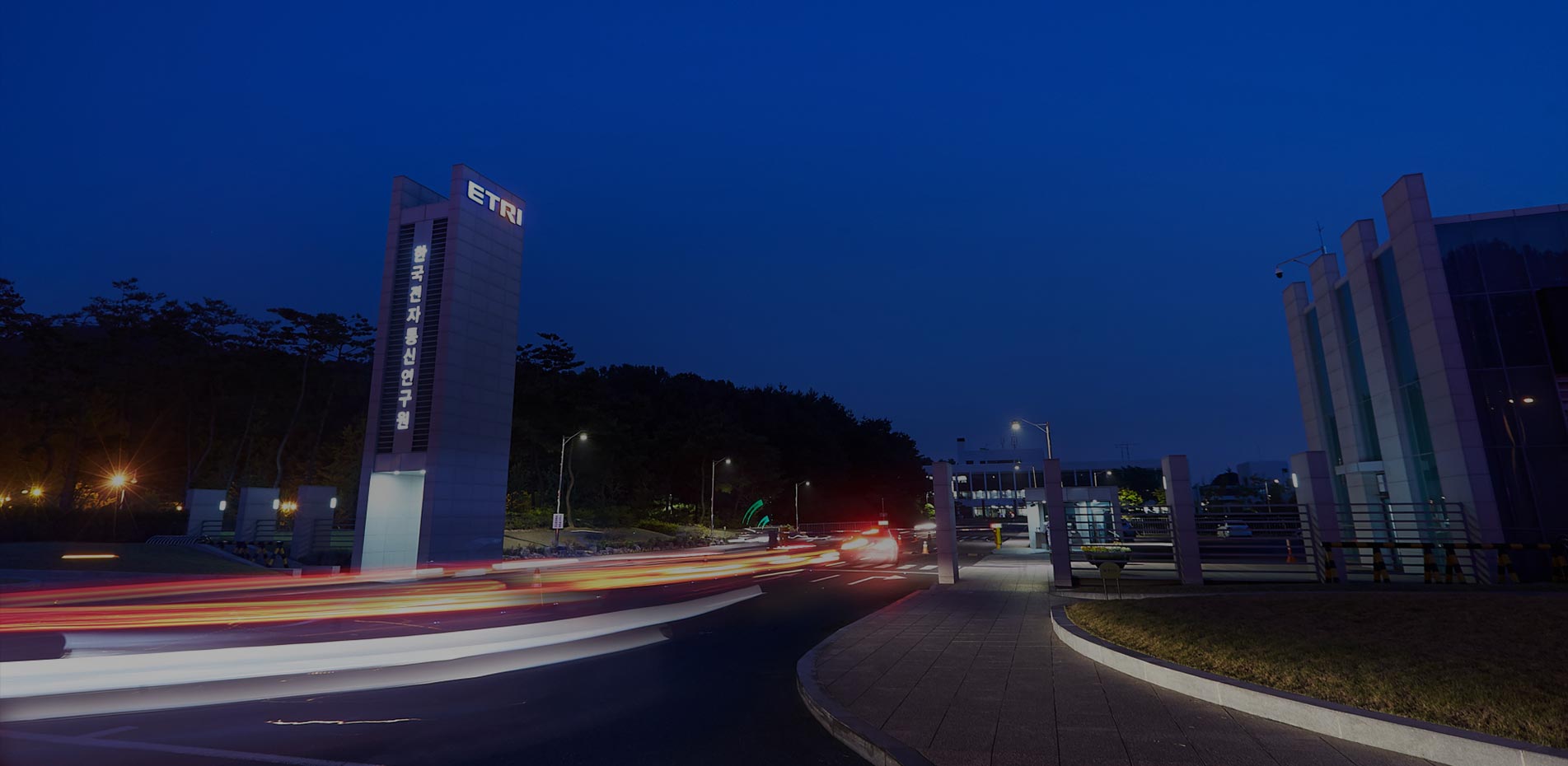
ETRI Develops Eco-Friendly Thin-Film Color Solar Cell
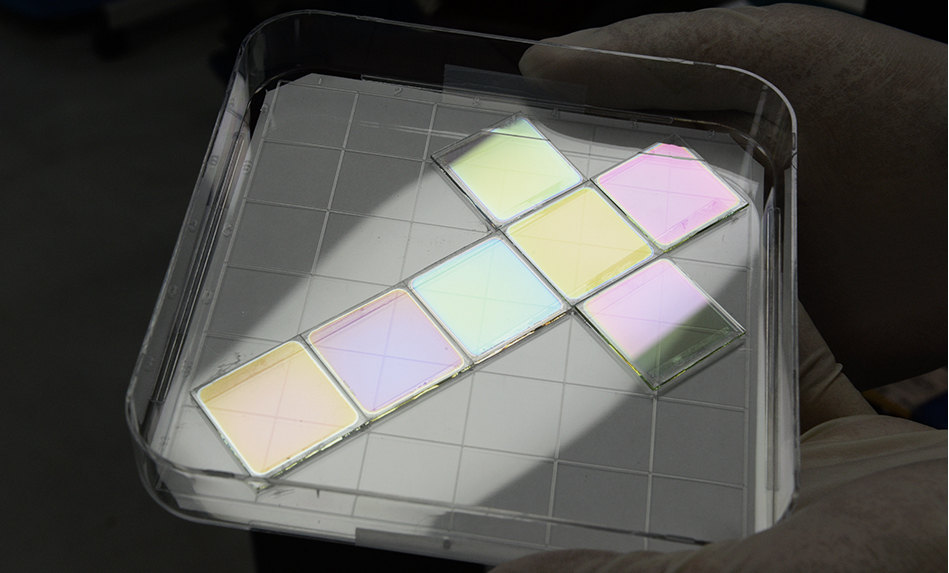
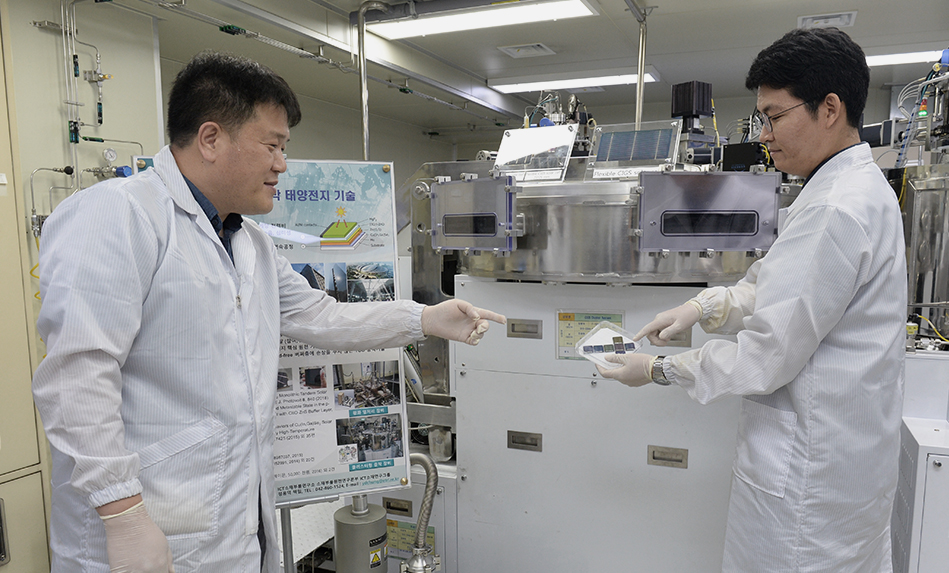
-
Research studies on solar cells to secure renewable energy sources are ongoing around the world, but a Korean team managed to come up with a thin-film color solar cell that is expected to boost urban aesthetics.
ETRI succeeded in the development of eco-friendly thin-film color CIGS solar cells that can be produced in diverse colors with the production process of the current solar cells without any additional process or cost. Moreover, the team documented the efficiency-boosting mechanism based on the optical pumping terahertz probe spectroscopy. The excellence of the research was proven by its publication in “Nano Energy” and “Progress in Photovoltaics,” both globally esteemed international journals in the energy sector.
CIGS thin-film solar cells are next-generation cells used to convert solar rays into electrical energy and are made by layering multiple thin CIGS films on glass boards. They feature relatively higher light absorption rate among non-silicon based cells, resulting in the best energy conversion rate and stability. They also require less raw materials compared to silicon-based cells; hence the lower process and material costs.
One downside has been the difficulty in commercialization as they use a material containing cadmium as the buffer layer, since cadmium is considered a harmful heavy metal. Thus, the ETRI team replaced cadmium sulfide (CdS) with zinc (Zn) — which is not harmful to humans — and managed to achieve approximately 18% energy conversion efficiency; thus eliminating one obstacle to commercialization.
Likewise, the availability of more than 7 colors including purple, green, and blue — without the need for additional process or cost — means one step closer to full-on commercialization.
According to Senior Researcher Jeong Yong-deok, who was in charge of this development, this technology will contribute to the urban solar power system through the production of high value-added color solar cells and creation of next-gen applications.
The team succeeded in enabling multiple colors by adjusting the thickness of the component layers of thin films based on the inspiration from the interference of light, which makes the oil band on the water appear in rainbow colors. The color solar cells boast of being only 3㎛ thick, and they can be coated on flexible boards as well as glass boards. This means that they can be bent or folded, expanding applications as a next-gen eco-friendly energy source.
The team will work on commercialization to apply this color cells to solar modules, urban building materials, or portable devices.
ETRI Teams rank 1st and 2nd in Global AI-based Video Compression Competition
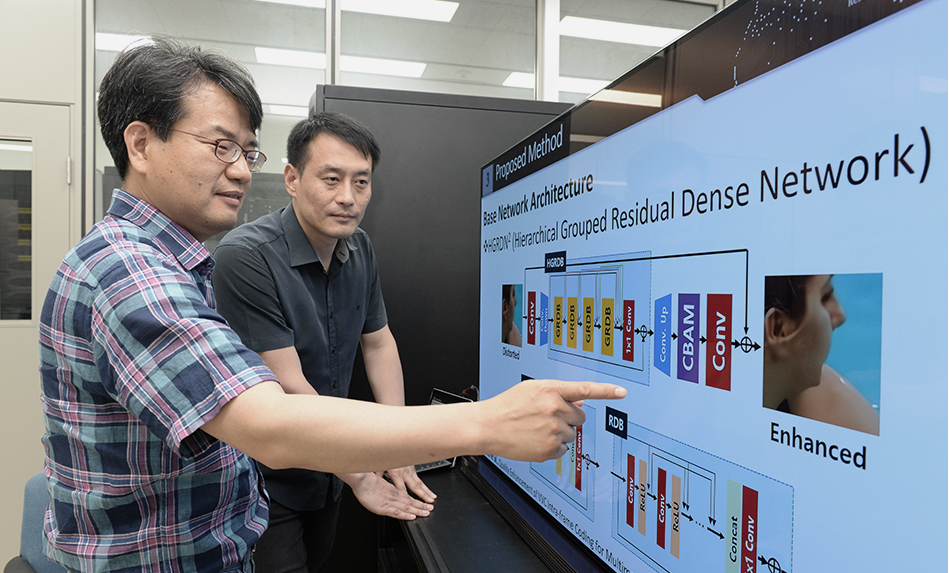
-
Korean researchers practically swept the board in the contest on video compression performance using AI. Two teams from ETRI won 1st and 2nd places at the Challenge on Learned Image Compression (CLIC), a global AI video compression competition hosted by renowned computer vision society Computer Vision Pattern Recognition (CVPR). Now in its 3rd iteration this year, CLIC is the only contest on AI-based video compression technology supported by global powerhouses such as Google, Facebook, and Netflix.
Media files featuring topnotch technologies such as VR, AR, and hologram are becoming bigger and more complex. This contest is becoming more prestigious as the industry is putting in efforts to optimize the compression rate and quality of restored video beyond the limitations of old methods by utilizing AI.
The contest had 2 categories: Low bit-rate video compression and Video compression. ETRI sent 2 teams to compete with teams and alliances from companies and universities around the world. Teams in the low bit-rate video compression category vied for the best quality of the video restored from 428 clips of nature compressed with a bit-rate lower than 15 bpp (bits per pixel), with diverse resolutions from HD to 4K. The point was to maintain the quality while reducing the size by up to 1/160.
One team of ETRI used the method of applying AI in post-processing to improve video quality from the existing compression technology, with the other team attempting AI from the get-go of the entire compression process.
“The big differentiation of my team is the in-house technology based on multiple source techs such as ‘minimal entropy-based video compression’ announced last year, whereas others had simply combined some existing methods," Lead Researcher Lee Ju-young of ETRI said.
Kim Heung-mook, chief of ETRI's Media Research Center, said that they would apply AI in this era of 3D video such as hologram, light field, and point cloud to overcome the limitations of existing technologies so as to work on innovations for next-generation media content.
The researchers filed 38 patents, both local and international, while publishing 18 articles in international journals such as ICLR2019, one of the top 3 societies in the field of AI. They will also keep working on making the relevant technologies as the source techs of next-gen video coding. Research on improving quality, boosting speed, and enhancing the compression performance of HEVC — the latest video coding standard — by 4 times will be continued in order to seize technological advantages.
ETRI Develops Non-Tactile Sensor with 660 Times Stronger Sensitivity
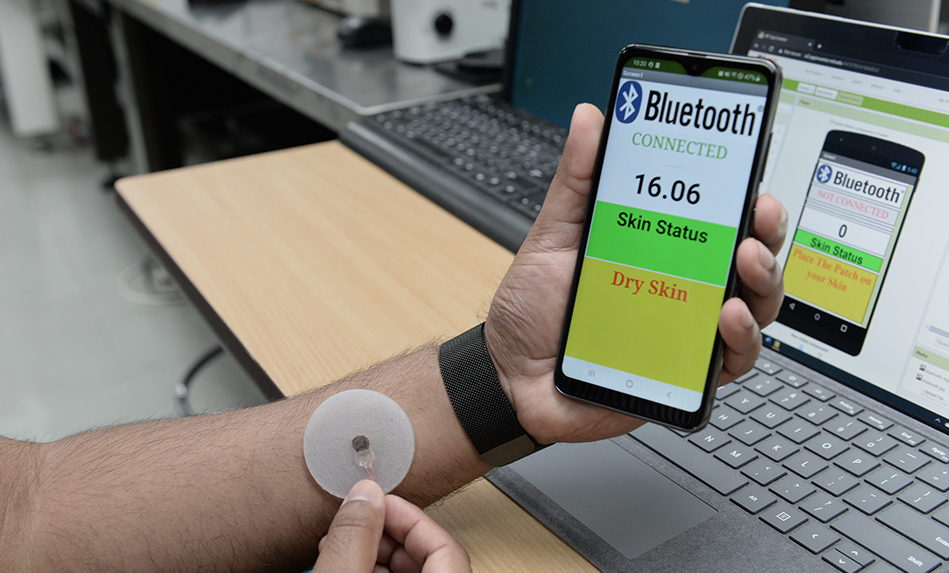
-
A Korean team has developed a sensor with 660 times stronger sensitivity than the current ones with new materials. It can detect humidity within 1 cm with non-tactile method without a touch of a finger. It is expected to be of great help in preventing infectious diseases including COVID-19, which requires social distancing.
In addition, ETRI announced the development of a humidity sensor with high sensitivity to detect moisture like sweat on skin or respiration volume of a person by utilizing the new molybden disulphide (MoS2). This achievement has been published in『AMI』, a renowned international journal of the nano sector of the American Chemical Society (ACS).
ETRI Produces Avatar-based Sign Language Animation for the Disabled to Deliver COVID-19 Measures
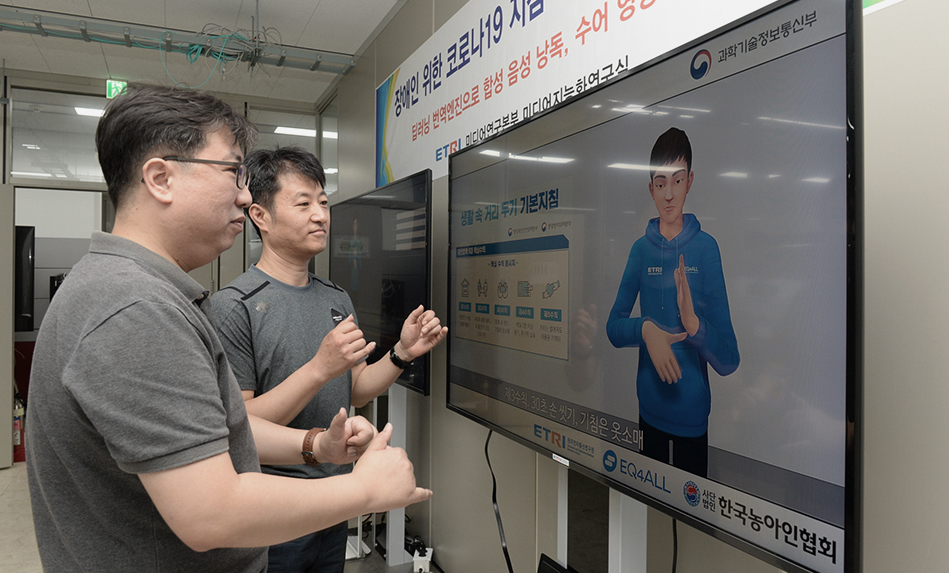
-
ETRI created an avatar-based sign language animation that combines voices and graphics with deep learning for visually and hearing impaired people to deliver the government's formal guidelines for preventing COVID-19.
COVID-19-related information such as the route of confirmed COVID-19 patients and government measures to prevent the spread of infection is provided to citizens in diverse formats including text messages. Note, however, that visually and hearing impaired people suffered from information gap as such formats were not suitable for them, and they had difficulties in following the measures in a timely manner.
In a bid to address this gap, ETRI produced and released a sign language animation wherein the guidance and measures from the government are read in voices and expressed in sign language. Such efforts will be a major contribution for the disabled as they can access the relevant information in a timelier manner.
